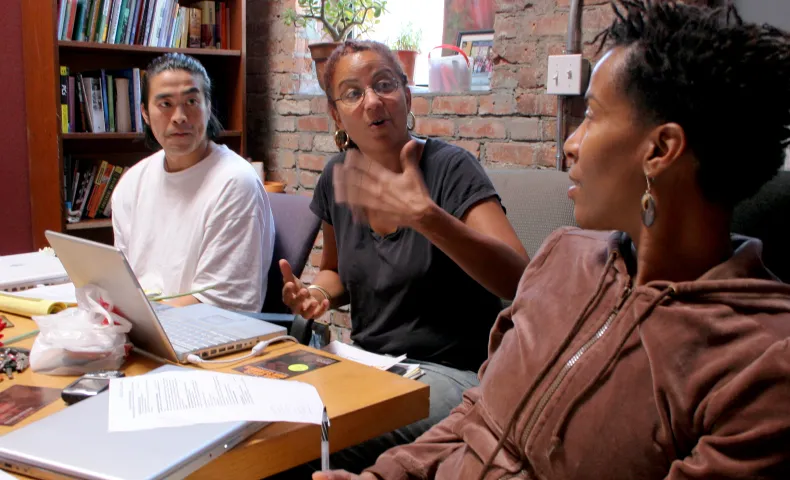
3 Keys to Getting Nonprofit Leadership Development Right
Leaders make a difference. In the nonprofit sector especially, leaders are more than just administrators—they keep us focused, make tough choices and build teams that change communities and lives.
That’s why the Evelyn and Walter Haas, Jr. Fund has supported the Investing in Leadership series from Grantmaker’s for Effective Organizations. Volume 1 of the series lays out a theoretical framework for leadership development and capacity-building. Volume 2 builds on that action agenda with concrete examples and best practices for grantmakers—not only what they are doing, but why, and the results and reactions from their grantees.
Presented below is the foreword to Volume 2, written by Sylvia Yee, vice president of programs here at the Haas, Jr. Fund.
The organizational capacity-building field has matured considerably over the last two decades as grantmakers have made enormous advances in how they support nonprofit effectiveness. Today we are standing at the edge of a new frontier in our field. A growing number of grantmakers are recognizing that leadership development is a key driver of organizational effectiveness and are beginning to invest in new and more robust models to help their grantees reach their highest aspirations.
When the Evelyn and Walter Haas, Jr. Fund began exploring how to support organizational leadership in 2003, it was not easy to gather information about what had been learned. Motivated by the profound belief that leadership matters, we were struck by how deeply and systematically the private sector invests in its leaders—and by the chronic absence of the same deliberate investment in the nonprofit sector.
We realized that without the talented and passionate leaders of our grantee organizations, we could not make progress.
We realized that without the talented and passionate leaders of our grantee organizations, we could not make progress toward our goal of confronting some of the most challenging issues facing our society. We came to see that we needed to be serious about leadership development as a key piece of our strategy. We also saw great opportunity in building on the lessons from three important strands of work—capacity building, the development of individual leaders and high-engagement philanthropy. We were moved to work with other grantmakers to rethink how the field invests in leadership to advance organizational effectiveness.
What is so exciting is that many of our colleagues have followed a similar path of discovery. Volumes 1 and 2 of this report capture tantalizing examples of efforts by grantmakers—both large and small, local and national—to experiment with new approaches to investing in leadership. Some major themes are emerging from their trailblazing work:
Deep, long-term investment with a focus on impact and outcomes
One of the things we’ve learned from best practices in the corporate world and venture philanthropy is the importance of identifying both accomplished and emerging leaders and investing deeply in them over a number of years. This provides leaders with an opportunity to reflect on what their organizations aspire to achieve and how to exercise the leadership necessary to get there. It’s a process that connects leadership development with organizational capacity and the fulfillment of an organization’s mission.
Team-based, organizational approach rather than a sole focus on the executive director
Nonprofit leaders continue to struggle with burnout, as the Daring to Lead study by CompassPoint Nonprofit Services made clear. To support the lynchpin role of the executive director, we must also develop the leadership potential of the board and senior staff. The mark of effective leadership is not an individual who “does it all”; rather, it’s the full leadership team that fuels high performance over the long haul. Taking a team-based approach also allows grantmakers to focus on preparing the next generation of leaders, including leaders of color.
Tailored and flexible approaches
Grantmakers support a wide diversity of organizations at different stages of maturity with varying strengths and challenges. As with capacity building, we have learned that a one-size-fits-all approach to leadership development has limited value. Instead, many grantmakers are helping individual leaders and organizations identify the leadership investments they need most and offering customized help to meet these needs.
We are eager to see how the nascent work currently taking place will help move the field forward in its understanding of how grantmakers can best support nonprofit leadership. Grantmakers for Effective Organizations has made an important contribution by capturing various approaches and early work in its publications. We are grateful to them for provoking our thinking and providing a forum for discussion and learning. We are also thankful to the Eugene and Agnes E. Meyer Foundation for its partnership and joint support for this study. We invite you to join this conversation and share your experiences as we explore this new terrain.